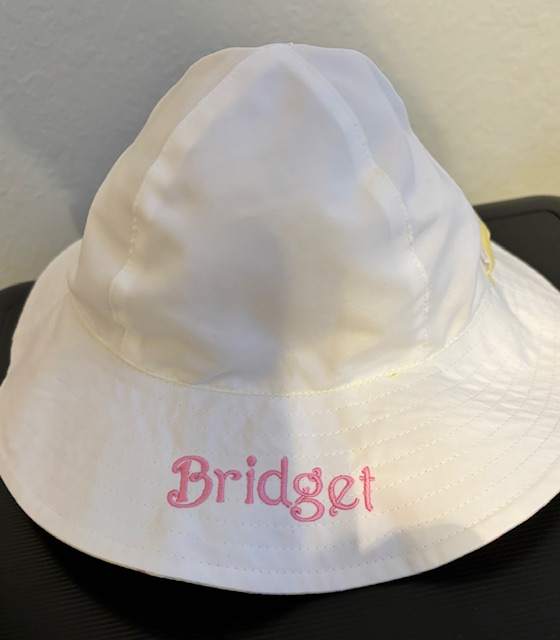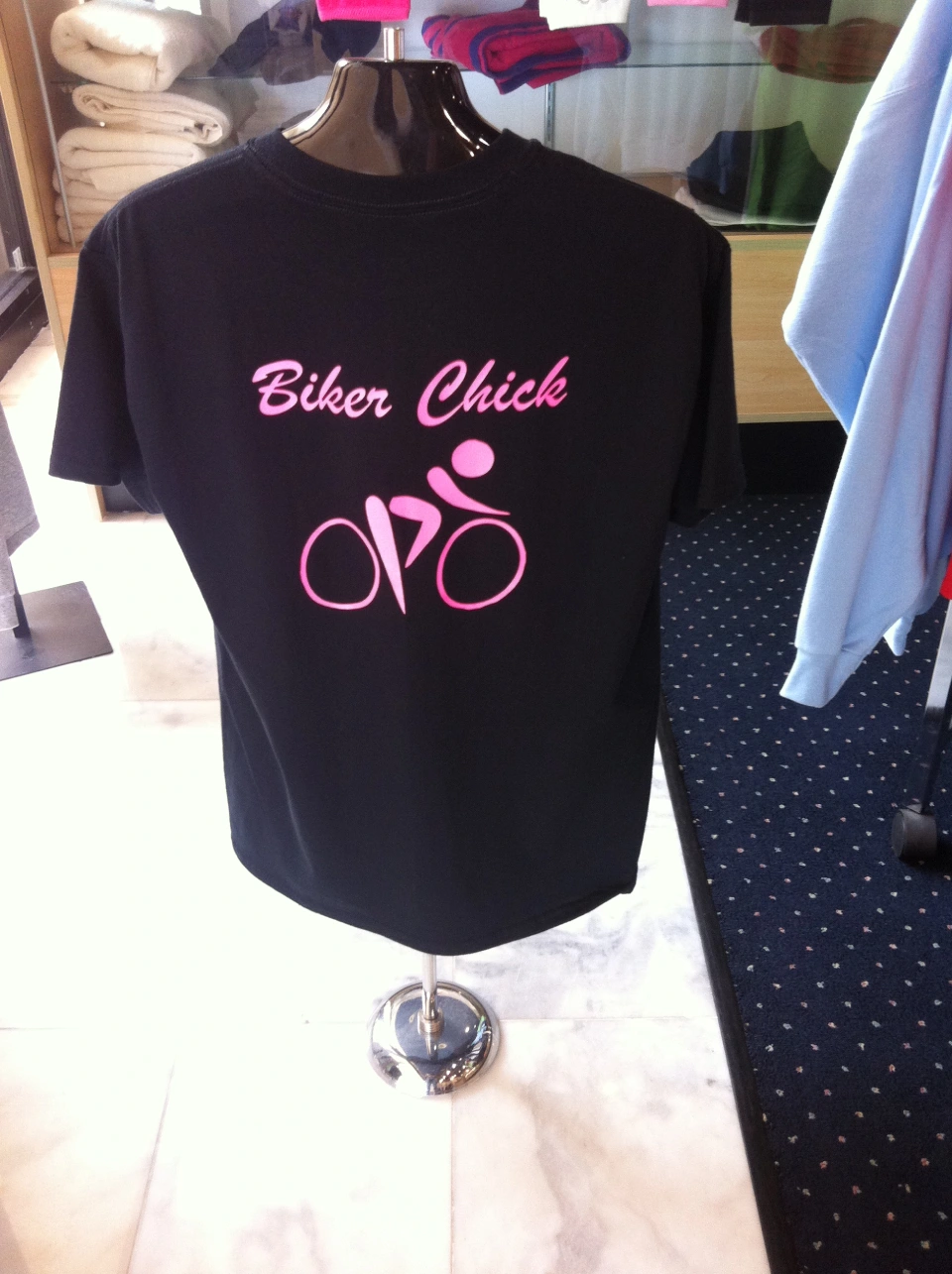Elegant Monogramming on Towels for a Touch of Luxury
Elegant Monogramming on Towels for a Touch of Luxury
Blog Article
The Art of Custom-made Embroidery: Opening the Keys to Creating Special and Memorable Layouts
Needlework, a craft steeped in practice and creativity, holds within its elaborate stitches the power to change material into a canvas of distinct expression. The keys to producing custom needlework designs that astound the eye and leave an enduring impression lie in a delicate equilibrium of technique, creative thinking, and interest to information. As we dig right into the world of custom embroidery, we reveal the nuanced interplay in between thread option, stitch complexity, and layout personalization that raises a mere garment to an artwork. Join us on a trip through the art of custom-made embroidery as we unwind the mysteries behind crafting really remarkable and unique productions.
Picking the Right Needlework Threads
When choosing embroidery strings, what key factors should you take into consideration to make certain the ideal results for your custom designs? The selection of embroidery string is critical in establishing the last outcome of your stitched style. One of the key factors to consider is the material of the string. Different products such as cotton, polyester, rayon, and silk use varying degrees of shine, sturdiness, and texture. It is vital to choose a thread product that complements the textile you are embroidering on and straightens with the preferred look of the layout.
Thicker strings can include measurement and texture to your design, while finer strings are perfect for elaborate information and little message. Furthermore, taking into consideration the shade fastness and washability of the thread is vital to make sure that your custom layouts maintain their quality and vibrancy over time.
Exploring Different Stitch Techniques
To explore the realm of 'Exploring Various Stitch Strategies', one need to comprehend the ins and outs and nuances that each stitching approach gives the art of embroidery. Various stitch strategies not just add visual passion however likewise add to the total structure and dimension of the layout. One preferred stitch technique is the satin stitch, which involves very closely stuffed parallel stitches to produce a smooth and shiny surface area, suitable for completing forms and creating bold outlines.
On the various other hand, the backstitch is a flexible method commonly utilized for outlining and including fine details. It involves sewing backwards to produce a strong line of needlework. Additionally, the French knot stitch adds a responsive element to layouts, ideal for creating textured accents like blossom centers or ornamental touches.
Exploring different stitch strategies allows embroiderers to play with light, darkness, and depth within their designs, raising the visual charm and imaginative quality of their embroidery tasks. By mastering various sewing approaches, one can open unlimited possibilities for creating one-of-a-kind and remarkable custom-made needlework items.
Incorporating Personalized Design Elements
Having explored the ins and outs of different stitch methods such as the satin stitch, backstitch, and French knot, the emphasis now shifts towards incorporating personalized style components in personalized embroidery projects. Customized style aspects play a crucial role in making embroidery projects absolutely distinct and unforgettable. One method to integrate personalization is by adding initials, names, or significant dates to the design. This not only includes a personalized touch but also improves the sentimental value of the needlework piece.
Another means to integrate individualized layout components is by including symbols or concepts that hold special definition to the recipient or show their interests and individuality. Integrating a preferred flower, pet, or hobby-related symbol can make the needlework layout a lot more significant and tailored. In addition, picking colors that reverberate with the recipient or line up with the designated motif can additionally boost the personalization of the needlework project.
Understanding the Art of Color Sychronisation

One key element check this site out of color control is recognizing shade theory. This includes recognizing just how different shades communicate with each various other, the emotions they share, and exactly how they can be incorporated to develop visually appealing styles. By using color theory concepts, embroiderers can develop harmonious color schemes that enhance the overall appearance of the layout.
Additionally, taking note of contrast is vital in color sychronisation. Making use of contrasting shades can aid certain aspects of the style pop, boost readability, and develop a visually dynamic embroidery piece. By grasping the art of color control, embroiderers can boost their designs and create memorable pieces that reverberate with clients and customers alike.
Enhancing Structure With Advanced Embroidery Stitches

French knots, for example, are ideal for including tiny, elevated dots to your design, imitating the look of beads or producing a distinctive surface area. Bullion knots, on the various other hand, can be used to create twisted, ropelike aspects that add a luxurious feeling to the needlework. Seed sewing involves small, scattered stitches that can fill out areas with a multicolor structure, while turkey work produces fluffy, dimensional accents evocative pet hair or foliage. Trying out with these advanced embroidery stitches allows you to push the borders of conventional needlework and produce truly unique and visually attractive textures in your layouts.
Verdict
To conclude, the art of custom needlework entails a mix of picking the appropriate strings, exploring various stitch techniques, integrating personalized style elements, understanding color coordination, and boosting texture with sophisticated stitches. By comprehending and carrying out these crucial elements, embroiderers can produce one-of-a-kind and unforgettable designs that showcase their imagination and ability. Needlework lovers can unlock the secrets to creating beautiful and i was reading this custom items that stick out and leave a lasting perception.
Report this page